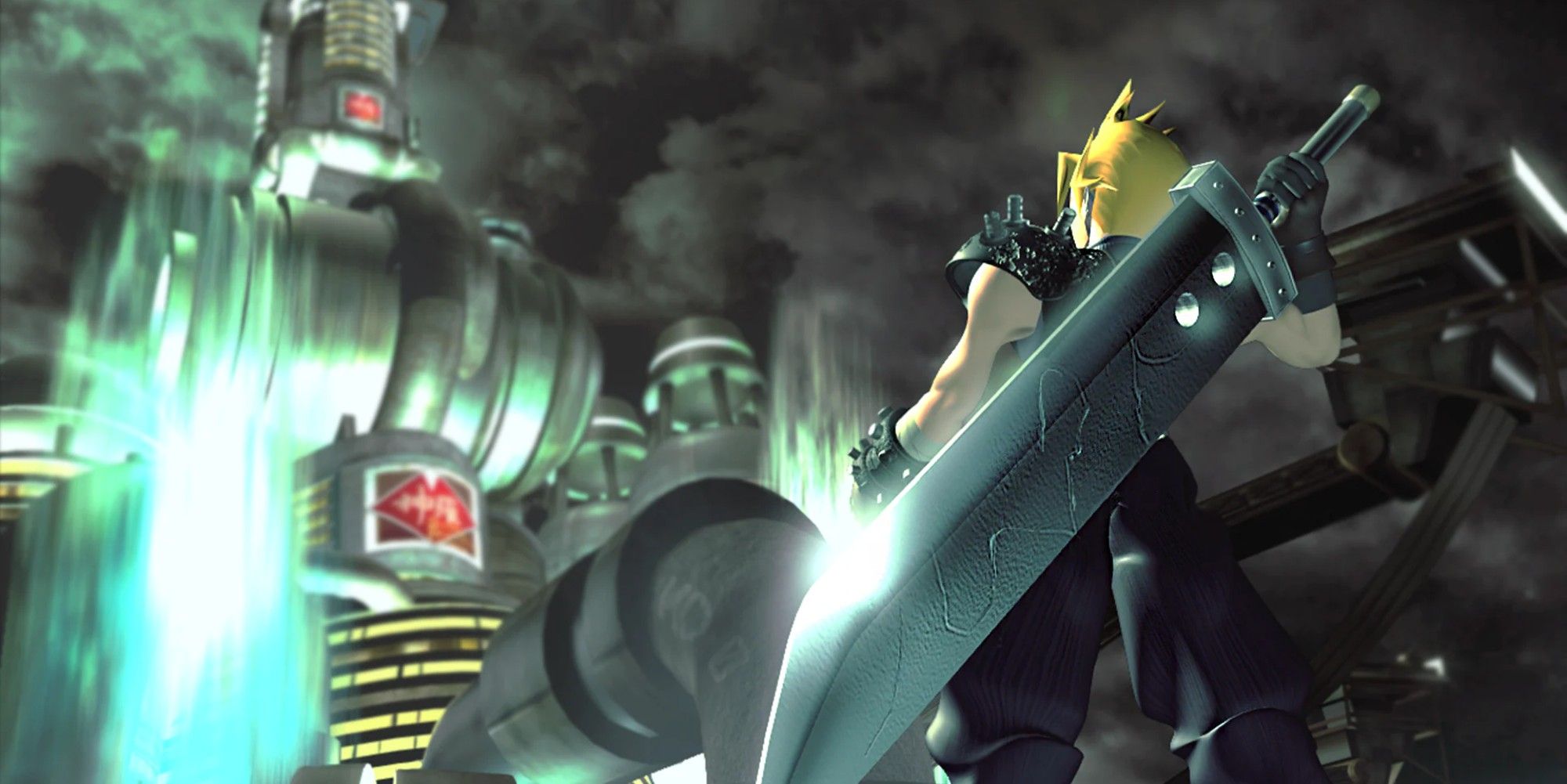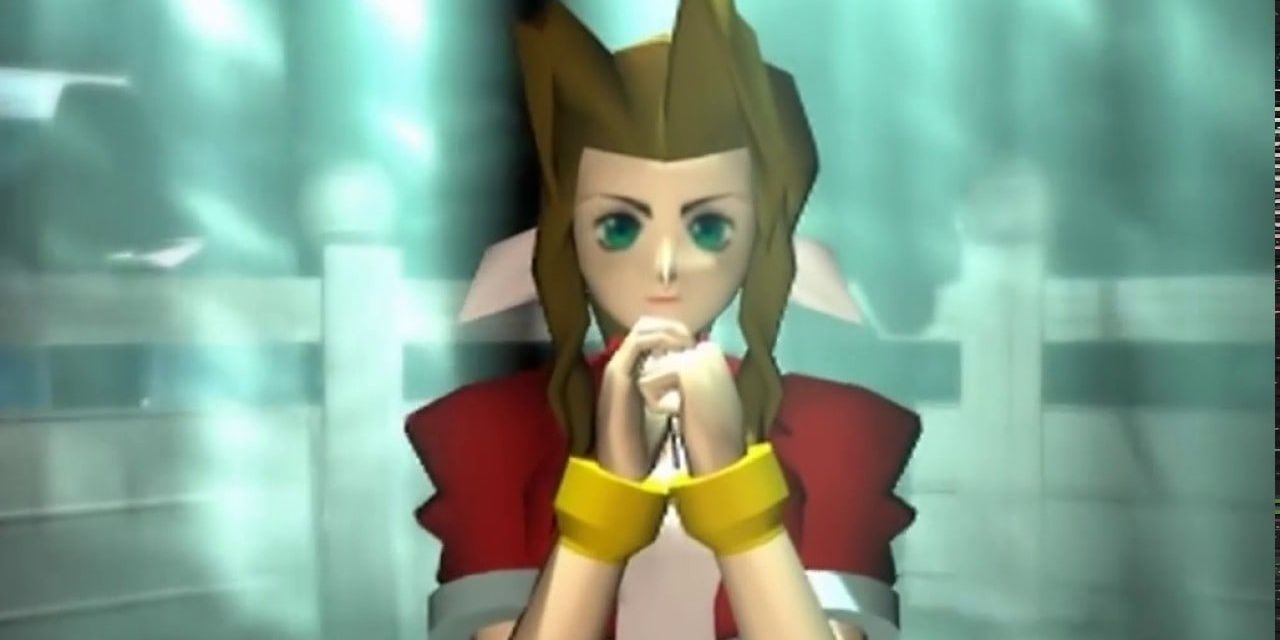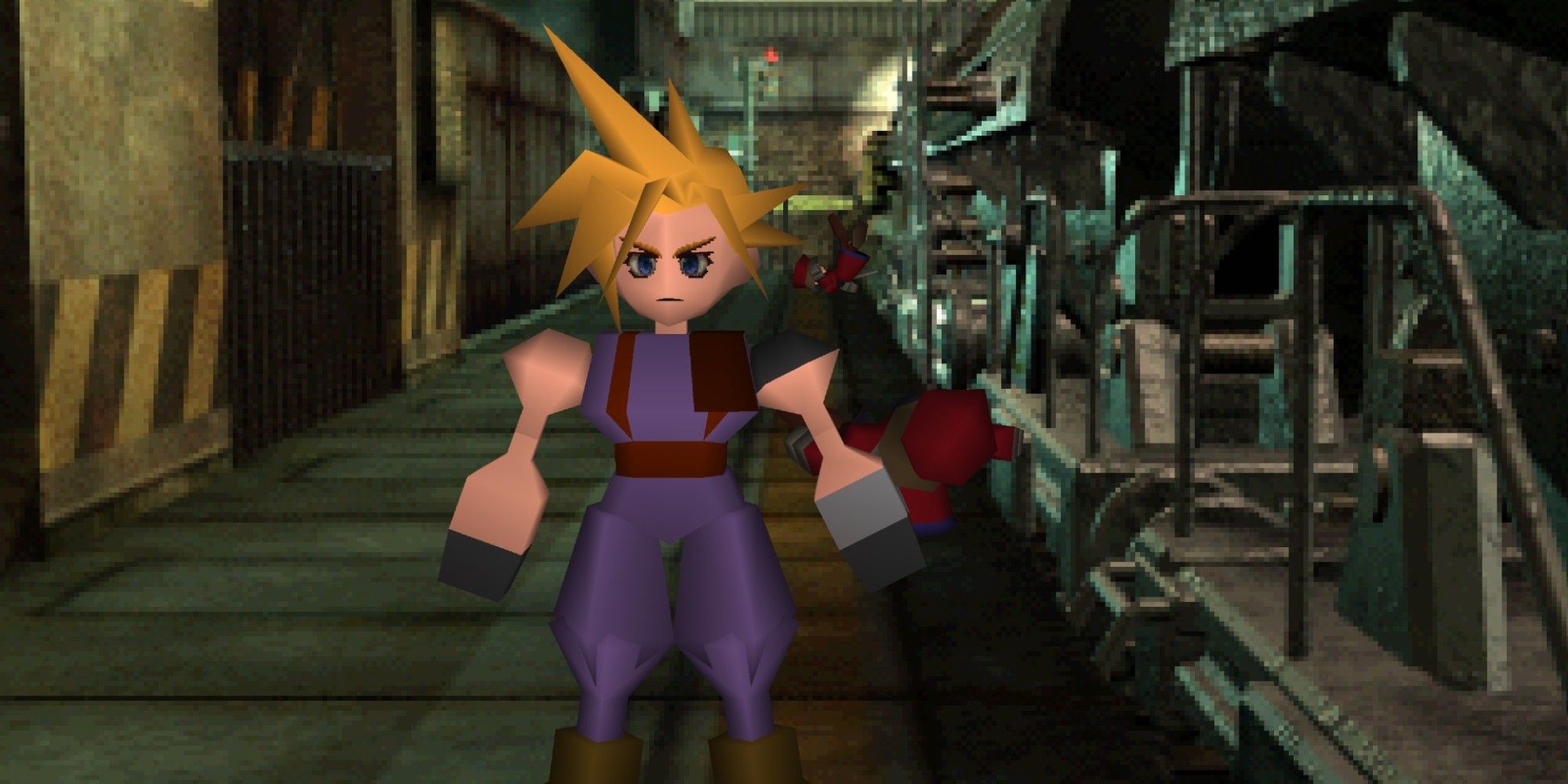Once upon a time, Final Fantasy wasn't such a thing in the west. While the series was big in its native Japan, and had a devoted cult following among western gamers, it was really the seventh entry, and the leap into 3D, that helped to propel the series into wider success. Meanwhile, its producer has said one aspect of it was crucial to it finding an audience overseas.
Final Fantasy creator Hironobu Sakaguchi recently appeared at the Monaco Anime Game International Conferences 2023, on a panel alongside Castlevania: Symphony of the Night creator Koji Igarashi, and spoke about the challenges Square Enix faced in the west for its games (via IGN).
Sakaguchi said that 1986's Dragon Quest, developed by Chunsoft for the NES, was a great inspiration on him for its music and systems but most of all for its scenario and story. But while Dragon Quest and then Final Fantasy helped to popularise RPGs in Japan, the series was struggling to find traction in the west.
"At the time, people in the west saw pixel art and three-heads-high characters as something for children", Sakaguchi said. "It was frustrating that our games were struggling there, as we wanted to find a way to expand our business. That finally happened when we were able to incorporate CG for Final Fantasy 7".
Those who remember playing the Final Fantasy games on the original PlayStation will recall how mind-blowing the CG was. The movie-like production and quality helped to spread the word around for the titles, with many players wanting to progress to see more of the story unfold via cinematic cutscenes.
Let's not forget that Japanese RPGs were somewhat looked down on for a time, with the term JRPG having somewhat negative connotations, which Final Fantasy 16 producer Yoshi-P made reference to recently.
But Sakaguchi is of the belief that the decision to move from 2D pixel art to 3D helped to propel the series to international success. It's worth noting that the follow-up to FF7 saw Square Enix making the visuals even more life-like, although FF9 is perhaps more beloved of longtime fans than the eighth entry. But the move to a darker and more mature style will be seen once again in the upcoming Final Fantasy 16, and of course the series' global popularity is no longer in any doubt.



